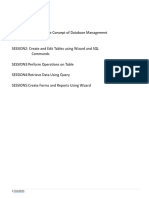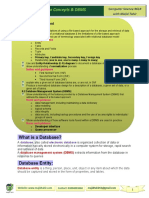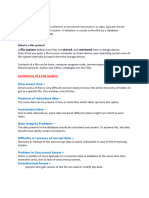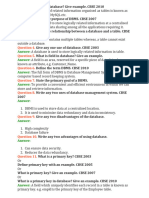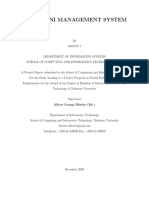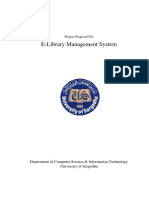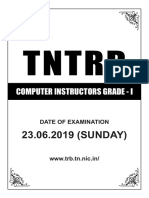0% found this document useful (0 votes)
25 views7 pagesUnit 3 - DBMS Class10
IT 402 Notes for Database Management System (DBMS)
Uploaded by
Sidhant MadanCopyright
© © All Rights Reserved
We take content rights seriously. If you suspect this is your content, claim it here.
Available Formats
Download as PDF, TXT or read online on Scribd
0% found this document useful (0 votes)
25 views7 pagesUnit 3 - DBMS Class10
IT 402 Notes for Database Management System (DBMS)
Uploaded by
Sidhant MadanCopyright
© © All Rights Reserved
We take content rights seriously. If you suspect this is your content, claim it here.
Available Formats
Download as PDF, TXT or read online on Scribd
/ 7












